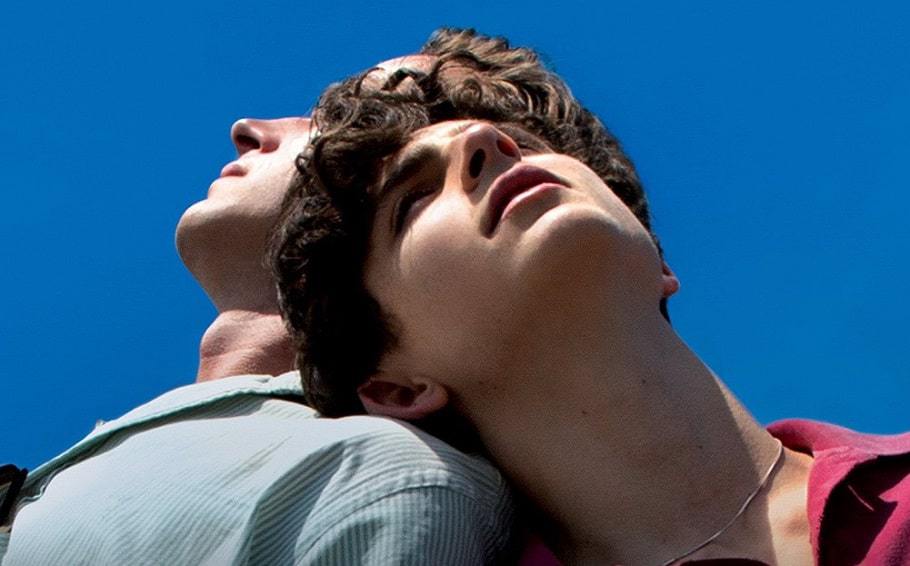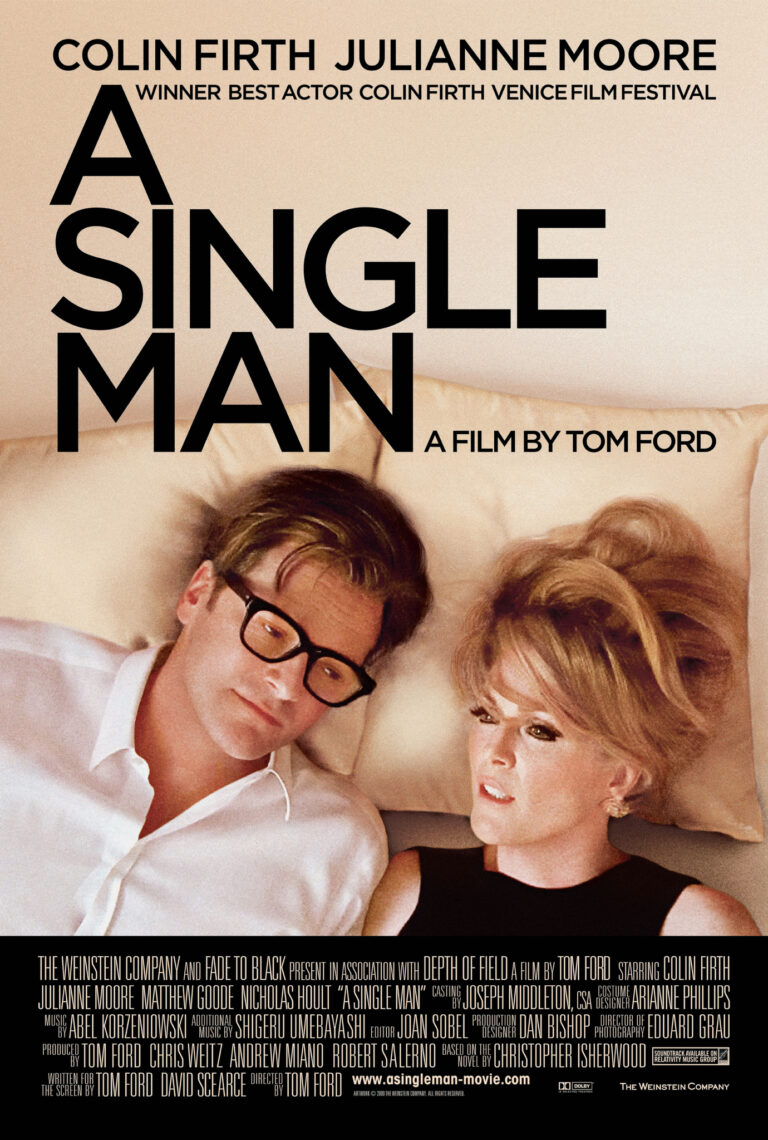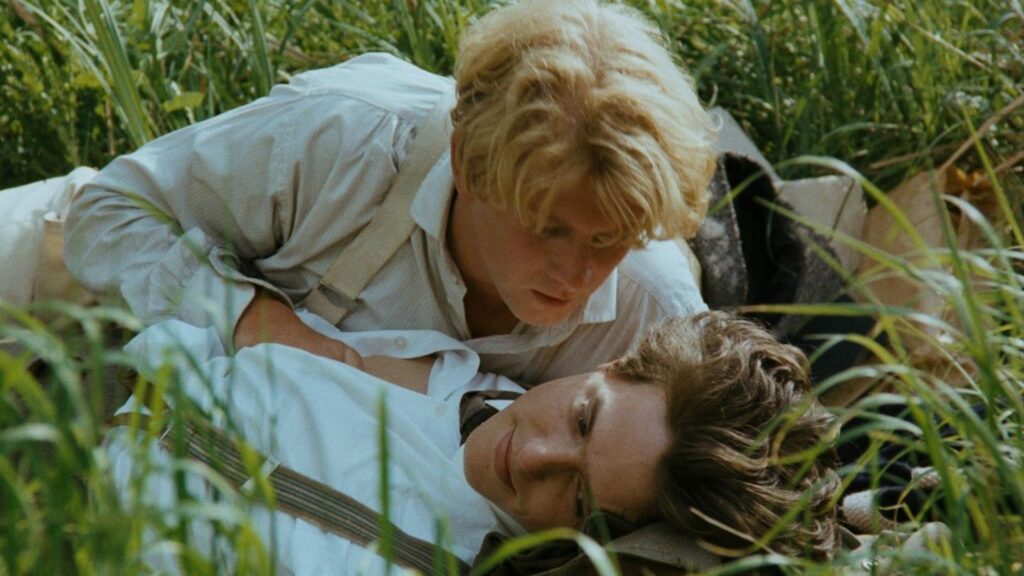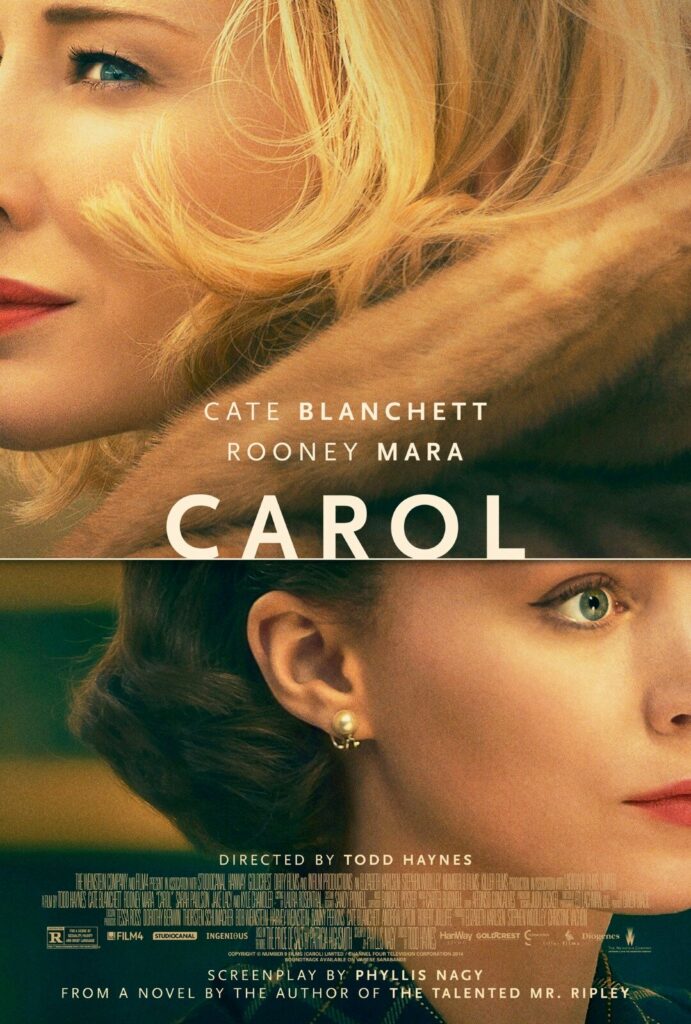A seventeen-year-old girl sits in the open-air summer theatre watching a movie about a seventeen-year-old boy falling madly in love with an enigmatic exchange student during the magical summer of 1983 in Italy. I was sitting in the audience, completely in the grips of this exquisitely romantic movie, while also wondering about all the misjudged, and in hindsight humorous, attempts of experiencing a love like that myself. Charming times.

In the months and, even years, that came after I encountered that piece of cinematic gold, I couldn’t help but wonder why it stuck with me so much. It appealed to me on several different levels; not just because it was a ‘good summer romance movie’ or because the Sufjan Stevens soundtrack was a revelation for me that I haven’t stopped listening to since then. Or because the aesthetics of the movie itself were wonderful enough to make me come back to it years after; its sculptures from antiquity, the Italian food, and the old white brick country house, all spoke a strangely familiar language to me. A language of my own summers spent on the Croatian coast.
But there was something else that boggled my mind, and I couldn’t let it go. Why was I so surprised by these two young men and their love? Was it because I was ‘hit’ with this more accurate portrayal of love? Why did this specific homosexual relationship strike me so much? I am not completely dismissing the very possible fact that I had some degrees of internalized homophobia. While unlikely, if it was, then it always humbles a person when they learn that their views are not as ‘pure’ and childishly innocent as they might like to think.
Or… Or was it just my pure happiness and bewilderment at the fact that a couple of guys were falling in love with each other, and it was portrayed in a more truthful, or less clichéd, way? This finally wasn’t a case of when being gay automatically is the whole and only personality of a character. Or when the main plot of the film revolves around the climactic scene of somebody coming out and bam! The credits roll, everything is well and done.

Different people decide to have different relationships with their sexualities. My proposition is that it doesn’t always need to follow a template of ‘What and how does a heterosexual person act?’ and ‘what and how does a homosexual person act?’ It struck me because while I didn’t care who fell in love with whom, once I realized that it’s guys, I was thrilled by the fact that it was a love story, first and foremost. And then, a portrayal of a homosexual relationship or attraction. Now, I understand that this might turn sour if I don’t recognize the fact that I don’t think and don’t support the mentality of ‘I am not a racist because I don’t see color’ being replaced with the theme of sexuality. It is not a solution for me or anyone else to completely disregard someone’s sexuality and then claim that by not admitting the existence of such a matter one cannot be ignorant and insensitive. Acting as though something does not exist in the first place, diminishes its value completely.
What I am arguing for is that the variety of all of us, and the difference of all of us, shouldn’t make a difference in treatment. All the differences that make us complex human beings and form our society should be treated the same. So, after establishing where I think I stand on this issue and the short, slightly philosophical, and highly idealistic take on this, I am going to get back to the movies.
So nuanced and delicate and destroying and gentle this film was, just like any real-life love, that it left me speechless. And I kept wondering why are so many romantic movies with heterosexual relationships so predictable, simple, and not as real? I know that there are some portrayals of heterosexual relationships in romantic movies, and because circumstantially I am turning to the Western and heavily USA-based repertoire of romantic movies, that are more real and nuanced. But generally, there are so many heterosexual romantic cheap thrills out there, that it makes you wonder: is there a chance that when movies about homosexual love are made so delicately and with a special focus on emotional intelligence, both from the characters in the movies but also expected from the audience, it is because they have to be really good? Almost too good? Is it a case of fetishization of these relationships so that more people become attracted, which consequently brings widespread recognition and, in that way, becomes part of the mainstream conversation? Does it normalize the ‘fetishization’ of homosexual love and especially the erotic scenes, or is this just the more truthful portrayal of both love on its own and of people with different sexualities? In that case that would be a breath of fresh air and a much-needed direction, both for the artistic community, the LGBTQ+ community and the people outside of that community. Even more so for the outside world, since they do not have the proper and nuanced vision of this subject, meaning that most information and the picture they are building in their minds about this is what they get from the movies. Let’s just think of the Bechdel and the Vito Russo test here, for a moment.

The Bechdel test, as is hopefully becoming widely known by this point, is a type of measurement device created for pop culture and society to examine how ready we are as people to see women as full-bodied characters on screen. With all the faults and virtues as men. Because, you know…we are human. Not the same, but equal. So, the Bechdel test is here to help with female representation in the world of cinema, and the Vito Russo test is here to do the same, but for the LGBTQ+ community. It was inspired by the film historian, activist, and GLAAD (Gay and Lesbian Alliance Against Defamation) co-founder Vito Russo. It serves as a guide for filmmakers to create more nuanced and equally important LGBTQ+ characters within the diegesis, instead of just being put on the sidelines or being portrayed as stereotypes. The criteria of the test are that the movie contains a clearly identifiable character that is of any sexuality and gender. Their character is not supposed to be solely defined by their sexuality and they have to be meaningful to the plot of the film. Their character must have some effect on the plot, and not be just the passer-by on the street. Lately, in a slow but increased manner, some major Hollywood films have been passing this test.

Apart from Call Me by Your Name, for now I have seen at least a few other movies that portray homosexual love as a real and layered happenstance, and not as a fetish or some fantasy. Or as a complete sin. I saw Maurice while travelling in the train and was blown away, among other things, by both the historical context in which it was made and how it addressed the issues that homosexual people face. Plus, it was a bonus that Luca Guadagnino, the director of Call Me by Your Name, referenced it in his film, so I had one more reason to watch it. Brokeback Mountain did not feel exaggerated or seemed self-indulgent in its portrayal of a homosexual (non-)relationship. If anything, it was so skillfully and poetically made that I was glad that it became one of my top five romantic movies of all time. It just clicks better with me, than The Notebook – not that I do not appreciate that movie. One other movie I would like to mention, which actually struggles to own its identity, is A Single Man by Tom Ford. Diverging a bit from the norm of well-made movies about homosexual love, it focuses on different kinds of struggles that the main protagonist faces, one that has to do with death of a loved one and a subsequent depression, but not one sprouted by anxious arc of ‘finding oneself by the means of sexual orientation’. Even though there is a struggle here, this movie differs in one other way from the canon of movies about homosexual love – and that is –its ending. It’s not a complete catastrophe, but also not a happy ending. It is…aesthetic. Well, I recommend seeing it for yourself.

Ahhhhh, an exasperated sigh. Now onto the movies about lesbian relationships. If it’s rare to find a good movie featuring a gay relationship, it is that much harder to find one with two women. Because even when one encounters a movie that seems great and proper in every way, after a while a realization hits that it is indeed a fetishized portrayal that also heavily focuses on satisfying the male gaze and their fantasies (side-glancing at you, La vie d’Adele or Blue Is the Warmest Color). There are actual articles mentioning how some gay women found the sex scenes in the movies hilarious and ridiculous, exactly like something from a ‘straight dude’s forbidden sexual’ fantasy. But then comes the saving grace in the shape of A Portrait of a Lady on Fire.The observed finally becomes the observer, while gently and deeply falling in love. It is in this inversion of the gender roles, this tackling of the female gaze, where Céline Sciamma’s importance and virtuosity shine. Because in the industry where there are mostly male directors who direct movies about female homosexual love and often do not critically look at their own perspective, she is so important. She takes the conversation about these topics to a whole different level. A level at which this conversation should have been on from the start, a level of equality. No room for a fetish here, no room for the ‘to please the man’ trope, and no ‘male-performing woman’ and the ‘female-performing woman’ characters so that it seems that a homosexual love needs to align with heteronormative values and conditions. Where Celine Sciamma’s movie succeeds, Blue Is the Warmest Color unfortunately fails.
I know this is still not enough, I could write and talk about this issue for days on end, especially if the movie repertoire widens in this aspect, but for now this is what I offer. Hopefully, this piece provides a somewhat thought-provoking take on the examination of different portrayals of various (admittedly I focused here only on the portrayals of gay and lesbian relationships, and in passing on the heterosexual one) sexual orientations, sexuality and the question of love on film.
Movie tips
Some great English-speaking movies with portrayals of homosexual love:
Maurice (1987)
Call Me by Your Name (2017)
Another Country (1984)
God’s Own Country (2017)
Brokeback Mountain (2005)
The Birdcage (1996)
La Cage Aux Folles (1978)
Moonlight (2016)
Power of the Dog (2021)
Portrait of a Lady on Fire (2019)
Carol (2015)
A Single Man (2009)
Ammonite (2020)
Disobedience (2017)
My Summer of Love (2004)
Summertime (La Belle Saison) (2015)
Special category – teen Netflix movie:
Alex Strangelove (2018)
Some great (not so popular) English-speaking movies with portrayals of heterosexual love:
I am Love (2009)
Loving (2016)
The Piano (1993)
Eternal Sunshine of the Spotless Mind (2004)
Her (2013)
Once (2007)
In the Mood for Love (2000)
Far from Heaven (2002)
The Before Trilogy (1995-2004-2013)
A Room with a View (1985)
Keith (2008) – trust me, even though it is a teen B movie, it’s delightfully and surprisingly good
Designed by Giulia Cristofoli
Do you want to double-check the information you just received? Here are the sources the writer used.


